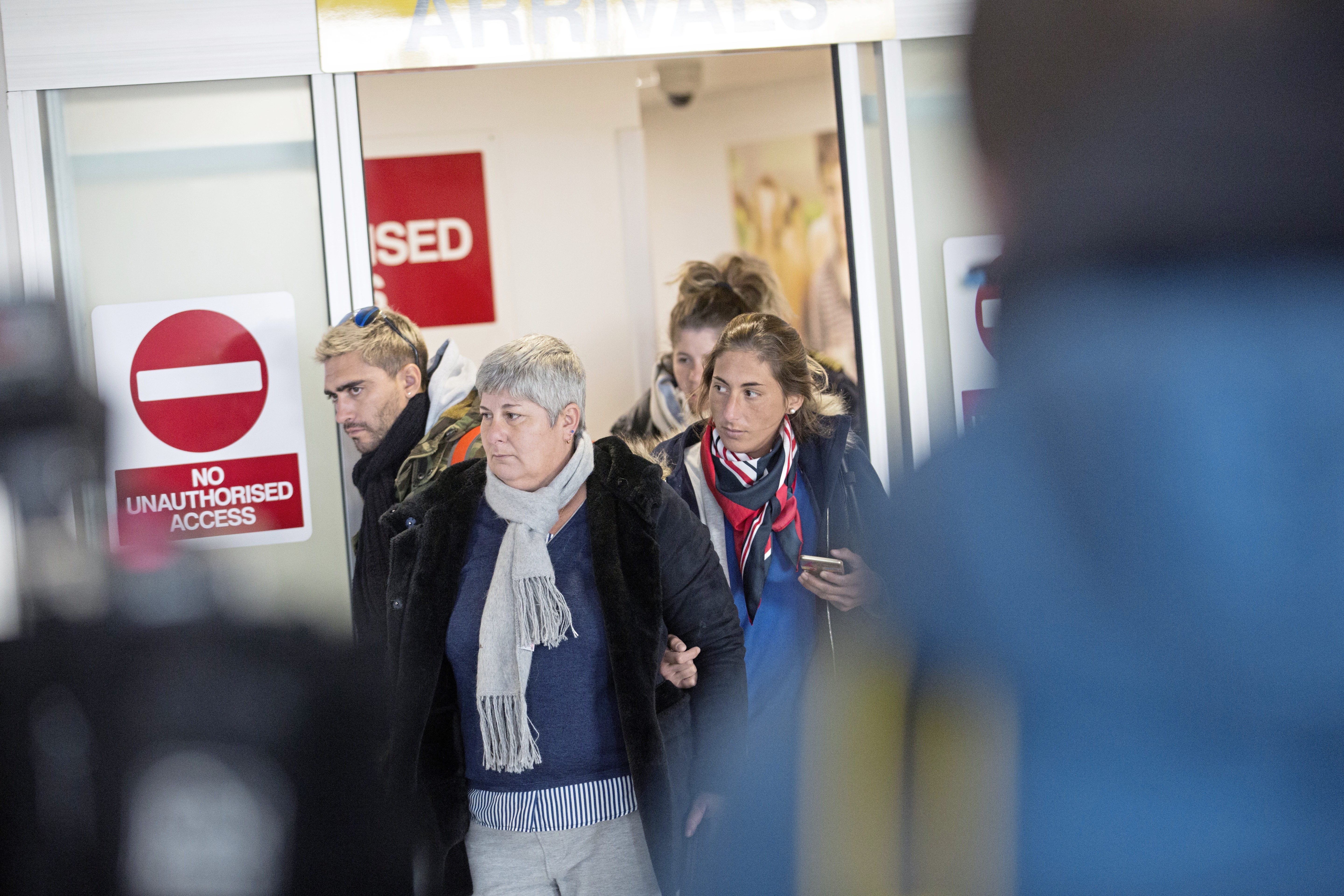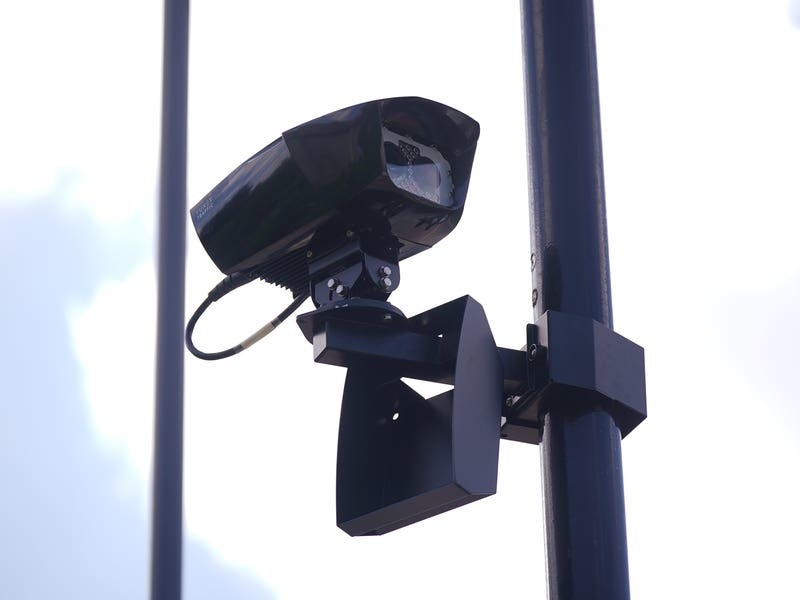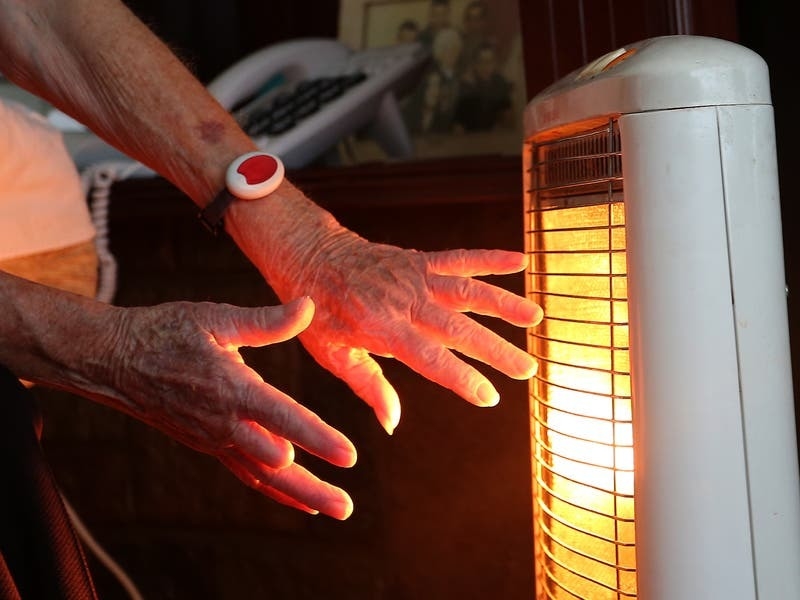The discoveries – the first breakthrough in the investigation into the mysterious disappearance of the aircraft – were made on a beach near Surtainville in Normandy on Monday.
In a separate development, investigators have now identified a priority four-square-nautical-mile search area in Channel Islands waters which they plan to survey with specialist underwater equipment at the weekend.
The plane, carrying the new Cardiff City striker and pilot David Ibbotson, disappeared in poor weather during a flight from Nantes in Brittany to the Welsh capital on the evening of Monday 21 January.
An air and sea search was called off last Thursday after rescuers failed to find any wreckage from the single-engine Piper Malibu aircraft.
In a statement yesterday, the Air Accidents Investigation Branch said: ‘Since we opened our safety investigation on Tuesday 23 January, we have been gathering evidence such as flight, aircraft and personnel records, and have been analysing radar data and air traffic tapes. We have been working closely with other international authorities and have kept the families of those involved updated on our progress.
‘On the morning of Monday 28 January, we were advised by the Bureau d’Enquêtes & d’Analyses, the French safety investigation authority, that part of a seat cushion had been found on a beach near Surtainville on the Cotentin Peninsula.
‘A second cushion was found in the same area later that day. From a preliminary examination we have concluded that it is likely that the cushions are from the missing aircraft.’

The organisation said that it was now due to conduct a detailed examination of the seabed, and was liaising closely with a group which is due to launch its own search after a crowd-funding campaign raised more than £320,000.
The AAIB added: ‘From the moment we were notified of the missing aircraft, we have been looking at the feasibility of conducting an underwater seabed search for aircraft wreckage.
‘Based on a detailed assessment of the flight path and last known radar position, we have now identified a priority search area of approximately four square nautical miles. Through the Ministry of Defence’s Salvage and Marine Operations Project Team, we have commissioned a specialist survey vessel to carry out an underwater survey of the seabed to try to locate and identify possible aircraft wreckage.
‘Due to the weather and sea conditions, we currently expect our underwater seabed search to start at the end of this weekend and to take up to three days. Side-scan sonar equipment will be used to try to locate the wreckage on the seabed.
‘If the wreckage is found, a remotely operated vehicle will be used to visually examine the wreckage.’
Members of Mr Sala’s family and friends have been in Guernsey since Saturday, and on Monday flew to Alderney, where several members of the group were taken to the small island of Burhou.
The islet was the focus of social media attention on the night of the disappearance after members of the public shared a picture which appeared to show flares coming from the island.
However, John Fitzgerald, the director of Channel Islands Air Search, said the island and its surrounding area had been searched many times.
‘It is really a puffin reserve. It is tiny but you can land on it,’ he said. ‘The plane and helicopters have been over many times since [the night the plane vanished], but they haven’t seen anything in that area.
‘It is only a few hundred metres long and it has been saturated by helicopters and fixed-wing aircraft.
‘The flares I have seen pictures of are most likely aircraft trails.’






